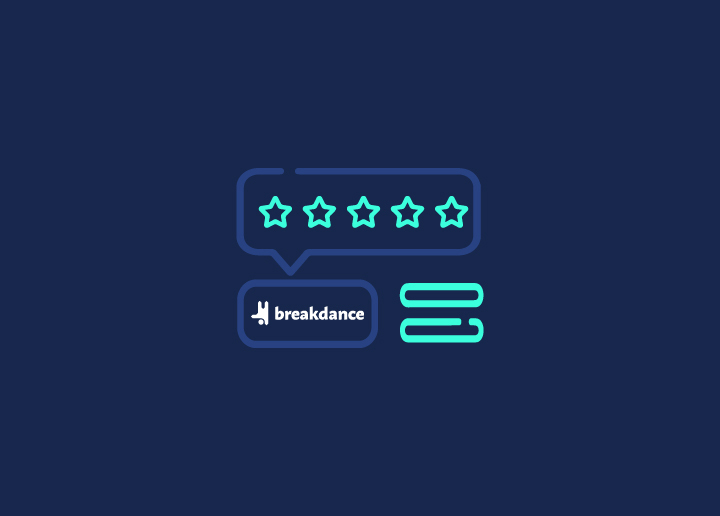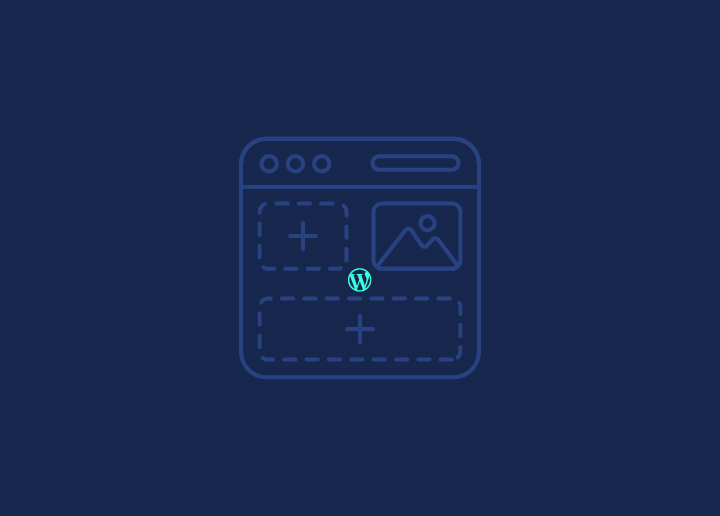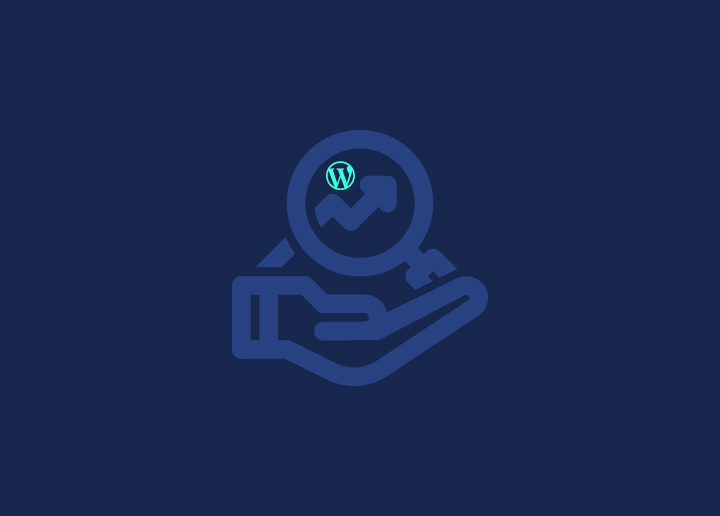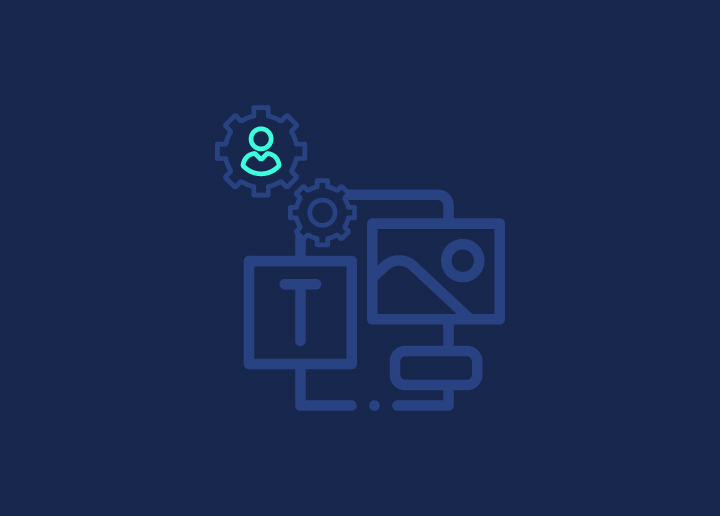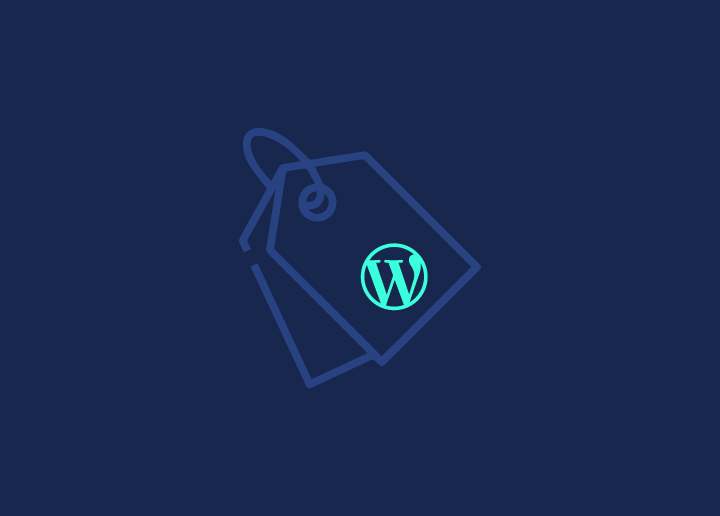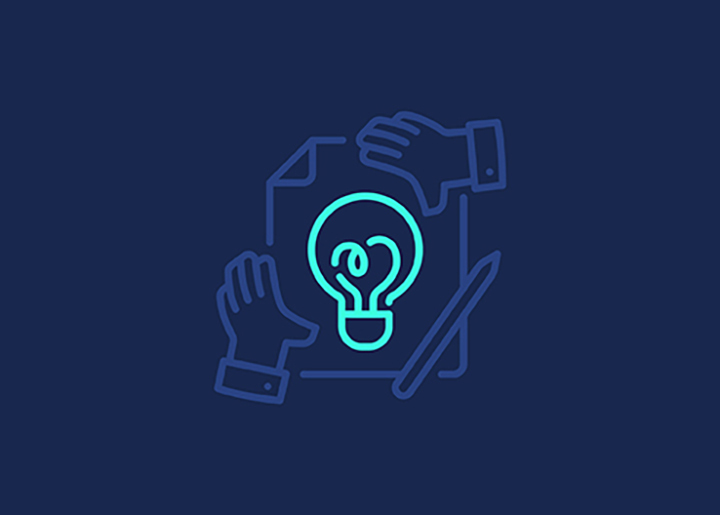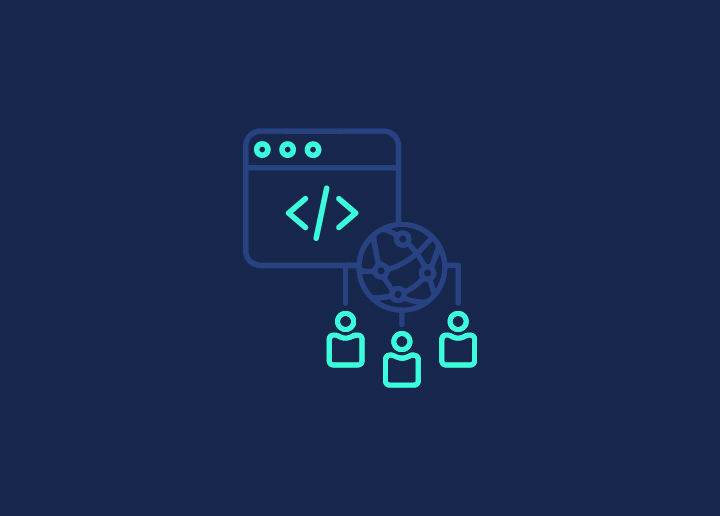Imagine you are selling an enterprise software solution for WordPress to a large corporation. Your journey does not just involve a single buyer. It is a complex web of decision-makers, influencers, and stakeholders, each with their motivations, pain points, and objectives. Unlike B2C, where transactions often revolve around one-off purchases, the B2B journey is not about making a one-time purchase. Here, you aim to build a long-lasting partnership. Your customers are not just buying a product but investing in a solution to help them achieve their business goals. And that is where your B2B customer journey map comes into play.
By mapping out the stages of the journey, from initial awareness to renewal and expansion, you gain a more profound understanding of your customers’ needs, challenges, and decision-making processes.
Identify the key touchpoints, channels, and interactions that shape the UX for a B2B product and uncover opportunities to optimize and improve those touchpoints.
From process improvements and technology enhancements to content optimization and messaging, your customer journey map will serve as a blueprint for delivering value at every stage of WordPress development, nurturing those long-term partnerships that are the lifeblood of any successful B2B business.
Contents
ToggleWhy Should You Care about B2B Customer Journey?
Without a B2B customer journey map, you essentially operate in the dark. Neglecting the customer journey can lead to a disconnect between your offerings and expectations, leading to a reduction in customer retention. You might be investing resources in areas that don’t align with their priorities or overlooking critical touchpoints that shape their experience.
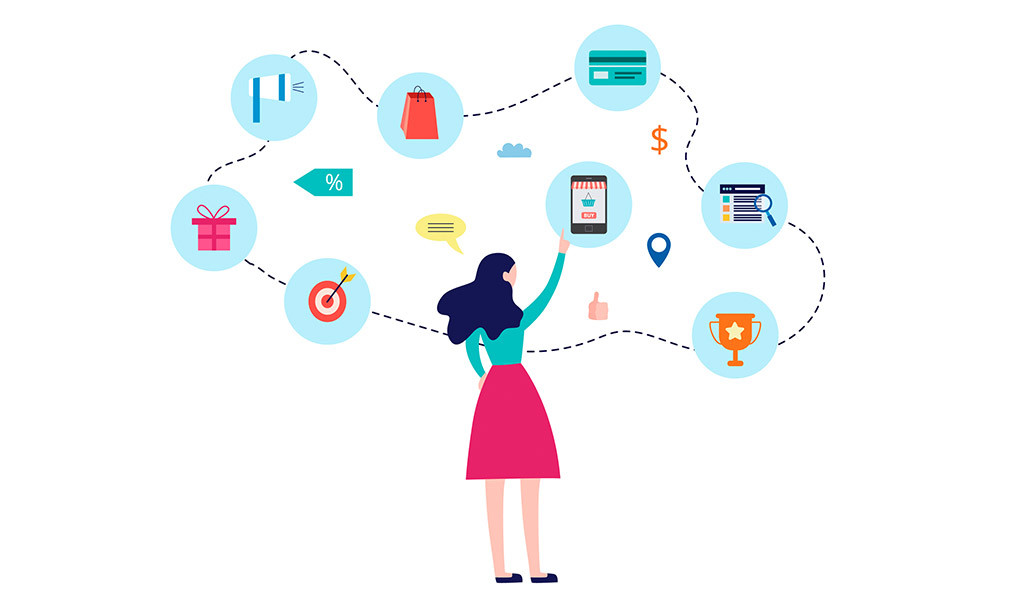
Understanding and optimizing the B2B customer journey allows you to:
- Build long-term partnerships with clients, fostering loyalty and trust.
- Tailor your products or services better to meet the needs and challenges of your B2B customers.
- Enhance customer satisfaction by delivering a seamless and personalized experience at every touchpoint with intuitive web design.
- Identifying and addressing pain points in the customer journey can increase sales and revenue, ultimately driving repeat business and referrals for serious affiliate marketers.
- Stay competitive by staying attuned to evolving customer expectations and preferences.
Read More: How to Grow Your WordPress Agency? Excellent Tips
Stages of B2B Customer Journey
The different stages of the B2B customer journey signify distinct phases in the purchasing process, each with its own set of characteristics and objectives.
That is why different content marketing strategies employed throughout the B2B consumer journey to effectively engage and guide prospects from initial awareness to eventual conversion.
| Stage | Defining Features | Suitable Content |
| Awareness | Potential customers identify a need or challenge. | Educational content, blog posts, social media content |
| Consideration | Prospects actively research and evaluate solutions. | Case studies, whitepapers, product demos |
| Conversion | Prospect decides to make a purchase. | Testimonials, limited-time offers, free trials |
| Loyalty | Focus on nurturing the relationship post-purchase. | Personalized emails, loyalty programs, exclusive offers |
| Advocacy | Satisfied customers become brand advocates. | Referral programs, user-generated content, testimonials |
Are You a Starter Agency Needing Support with Enterprise Customers?
We can white label it for you! Get things done for client websites under your brand by our team of skilled WP designers and developers.
How to Create a B2B Customer Journey Map?
Ready to dive into crafting your B2B customer journey map? Let’s go! Follow these steps to get started:
Define Your Customer Segments
Defining your customer segments in a granular way is the critical first step to laying a strong foundation for creating a tailored and effective B2B customer journey map with behavioral targeting.
To effectively accomplish this foundational step, it’s essential to:
- Identify and analyze critical attributes. Like – industry verticals, company sizes, specific roles and job functions, and other relevant factors that can significantly shape and influence customer needs, behaviors, and decision-making processes.
- Conduct thorough customer research. Employ a combination of methods, including in-depth interviews, surveys, focus groups, data analysis, and other techniques, to gain a deep and nuanced understanding of your customers, their challenges, and their unique perspectives.
- Create detailed and multi-dimensional buyer personas. They accurately capture each customer segment’s specific goals, pain points, challenges, preferences, decision-making criteria, and overall decision journey.
Keep Reading: 5 Ways To Increase Your Bottom Of The Funnel Conversions
Identify Customer Goals and Pain Points
Gaining an in-depth and nuanced understanding of your customers’ goals, desired outcomes, and key pain points is essential for effectively mapping a customer journey that directly addresses their core needs and challenges.

To comprehensively uncover these critical insights that will drive the development of a truly impactful journey map:
- Thoroughly understand the specific business outcomes, objectives, and tangible results. Each customer segment is striving to achieve them. Also put under the scanner are the strategic priorities and key performance indicators (KPIs) that guide their decision-making.
- Extensively research and analyze customer feedback, which may come from various sources, including support inquiries, product reviews, social media mentions, and other channels, to pinpoint precise areas of frustration, dissatisfaction, or friction in their current experiences.
- Conduct a detailed analysis of sales objections, roadblocks, and other hurdles. Trace how these prevent potential customers from moving forward with adopting your solution to identify underlying concerns, misconceptions, or gaps in your value proposition.
Keep Reading: Best WordPress AI Content Creation Tools
Map the Customer Journey Stages
With a solid grasp of your distinct customer segments and their unique motivations, goals, and pain points, you can then methodically map out the intricate stages of their journey as they engage with your company and navigate their path to becoming a customer.
Awareness: Understand the triggers that prompt customers to seek solutions and the channels or sources they use for initial research and information gathering.
Consideration: Uncover the specific criteria customers use to evaluate and compare different options, as well as the key decision-makers, influencers, and factors that shape their choices
Purchase: Map out the typical sales cycle and process, from initial contact to closing the deal, and identify all stakeholders involved in the purchase decision.
Implementation/Onboarding: Identify the specific steps involved in deploying and integrating your solution, as well as the training, support, and resources needed for successful implementation.
Use/Adoption: Understand how customers incorporate your offering into their daily operations and the challenges or barriers they face in achieving full adoption and realizing maximum value.
Renewal/Expansion: Determine the key factors influencing customers’ decisions to renew or expand their investment in your solution and how they evaluate ongoing value, return on investment (ROI), and long-term benefits.
Read More: Key Metrics to Track the Impact of Your WordPress Optimization Efforts
Gather Data and Insights
To ensure that your customer journey map is comprehensive, accurate, and well-rounded, it’s crucial to gather insights from diverse data sources that can collectively provide a holistic view of the customer experience across all touchpoints and stages.
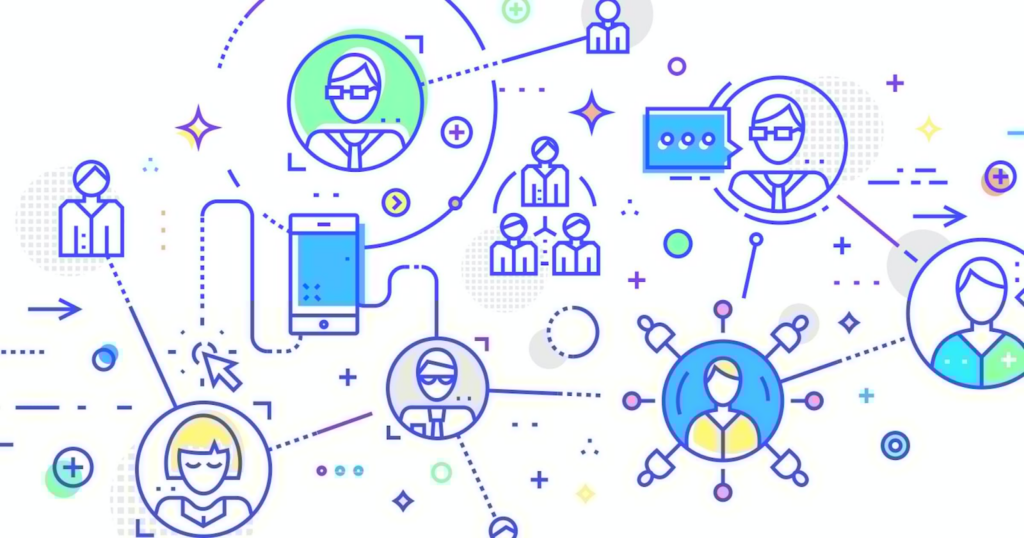
- Conduct customer interviews and surveys to collect firsthand insights, feedback, and perspectives directly from customers.
- Analyze sales data, win/loss rates, objections, and other sales metrics to identify patterns, trends, and potential areas for improvement.
- Review customer support data, including inquiries, issues, resolutions, and other support interactions, to pinpoint areas of friction or dissatisfaction.
- Collect feedback from internal teams, such as sales, marketing, and other customer-facing roles, to gain additional perspectives on the customer experience.
Visualize the Customer Journey
Bringing the customer journey to life through a clear, visually compelling, and easy-to-follow representation is critical for effectively communicating the journey’s complexities, facilitating cross-functional alignment, and enabling a thorough analysis that can pinpoint areas for optimization and improvement.
- Use diagrams, flowcharts, or other visual aids to illustrate the progression and key milestones and clearly represent the journey stages.
- Map out all touchpoints, channels, and interactions customers engage with at each journey stage.
- Highlight key moments of truth and critical decision points significantly impacting the customer experience and journey.
Sluggish Site Messing Up Your Customer Experience?
Let us fix that for you! Essential site optimization is now available for an one-time payment of just $499.
Identify Opportunities and Pain Points
With a visual journey map, your team can thoroughly analyze and deconstruct the end-to-end experience to systematically pinpoint opportunities for enhancing the journey and areas of significant friction or dissatisfaction that may be hindering customer success and impacting business performance.
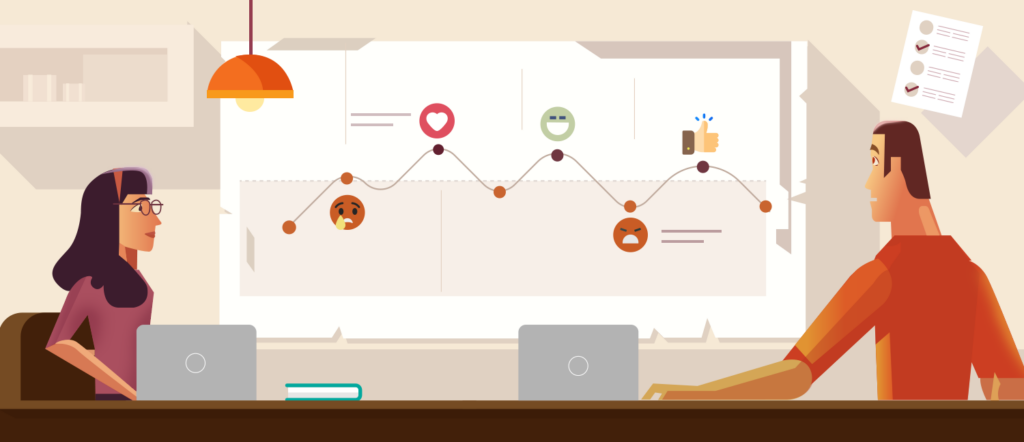
- Analyze areas of high friction or dissatisfaction where customers face significant challenges, pain points, or frustrations.
- Identify gaps or inconsistencies in the experience across different channels, touchpoints, or interactions where the journey may feel disjointed or misaligned.
- Pinpoint opportunities for improvement or innovation, where you can enhance the experience or introduce new offerings, services, or solutions.
Learn a Marketing Concept: Conversion Rate Optimization (CRO)
Develop Strategies and Action Plans
Armed with these in-depth insights into the customer experience, your team can develop targeted, data-driven strategies and detailed, actionable plans to optimize and elevate the customer journey, drive better experiences, and ultimately improve customer acquisition, retention, and loyalty.
- Define specific strategies, such as process improvements, technology enhancements, content and messaging optimization, and other initiatives, to address identified pain points and improve the journey.
- Create detailed action plans with clear ownership, responsibilities, and timelines for executing these strategies and improvements.
Learn More: Service Level Agreement: How Does It Affect Your Website?
Continuously Monitor and Optimize
Establishing a robust process for continuously monitoring the performance of your customer journey initiatives and optimizing the journey map itself is essential for sustaining its effectiveness, ensuring alignment with evolving customer needs and market dynamics, and fostering a culture of continuous improvement.
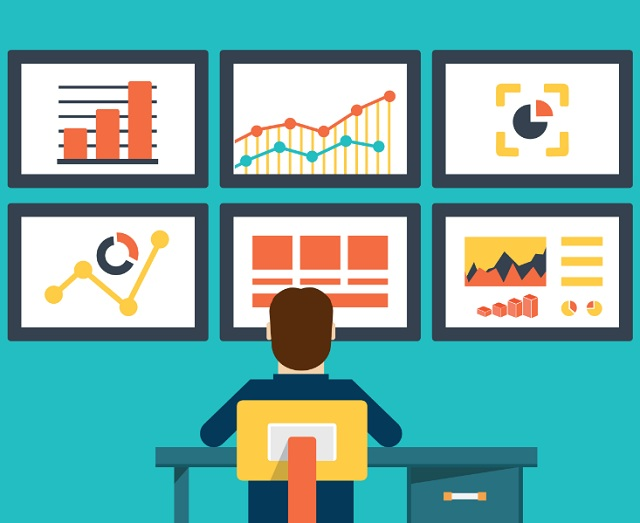
- Establish relevant metrics and key performance indicators (KPIs) to measure the performance and impact of your customer journey efforts.
- Implement customer feedback loops, Voice of Customer (VoC) programs, and other mechanisms to gather ongoing feedback and insights from customers.
- Review and refine the customer journey map regularly based on new data, insights, and lessons to ensure it remains accurate and up to date.
Read More: How To Execute Content Marketing With Link Building?
Tips to Improve Your Customer Journey for B2B
Gartner’s 2019 report found that 77% of B2B buyers perceive the purchasing process as overly complex and time-consuming. Such challenges can adversely affect business outcomes.
To streamline this process, optimising your B2B customer journey effectively is essential. Here are actionable ideas to kickstart the optimization process:
- Implement Journey Automation: Leverage technology solutions to automate repetitive tasks and streamline workflows throughout the journey. For example, integrate your CRM with marketing automation platforms to trigger personalized communications based on customer behavior and stage in the journey.
- Conduct Journey Mapping Workshops: Bring together cross-functional teams, including sales, marketing, customer success, and product teams, to collaboratively map out the current customer journey. Use these workshops to identify pain points, silos, and areas for improvement from multiple perspectives.
- Pilot Self-Service Portals: Empower customers with self-service portals that provide access to resources, knowledge bases, and support channels. This can reduce friction and enhance the customer experience, particularly during the implementation, adoption, and renewal stages.
- Establish Journey Governance: Appoint a dedicated team or committee responsible for continuously monitoring, analyzing, and optimizing the customer journey. This team should be able to implement changes and drive cross-functional alignment around journey improvements.
Further Reading: 9 Social Media Strategies For Your Small Business
Final Words
If mapping the customer journey is your next priority, collect customer feedback to understand their experience with your brand. Use surveys, reviews, interviews, and social media monitoring. Also, use email verification tools to make sure feedback is accurate. The goal is to find areas where leads face problems, such as when they can’t sign up for a free trial, upgrade their account, or access certain features.
You can fix customer concerns and improve the customer journey by finding these issues. Listen to customer feedback and keep improving the journey. This will help deliver great experiences, build loyalty, and grow your business.








